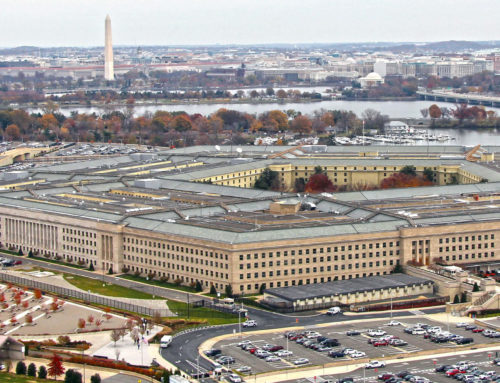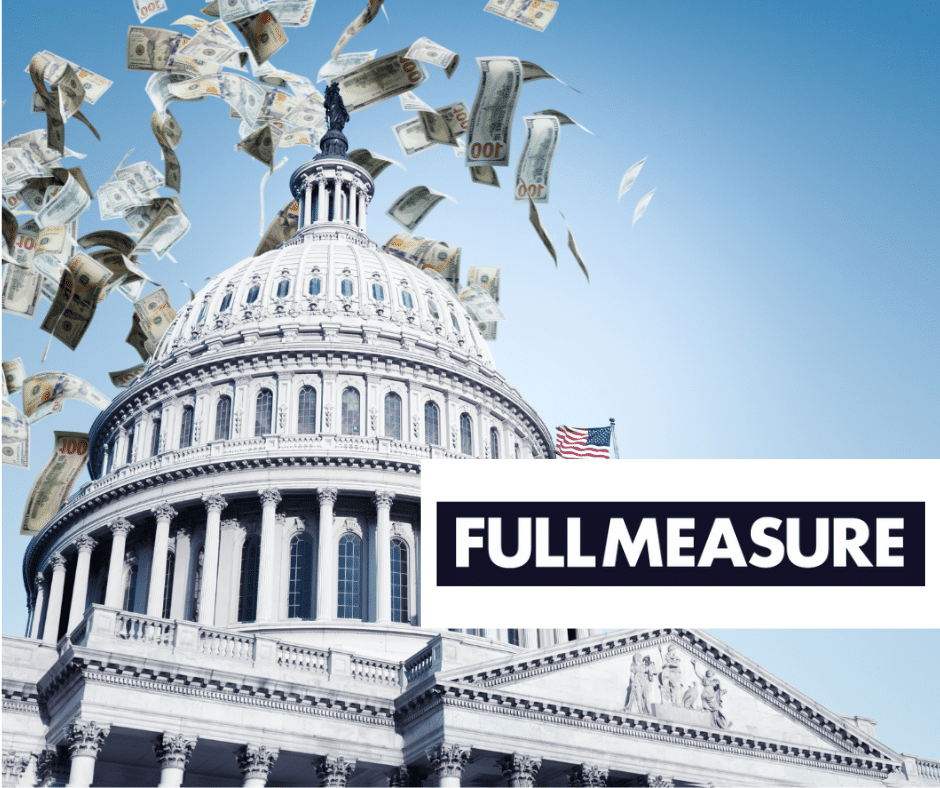The FY20 funding request for all military functions (the so-called 050 accounts) is $750 billion. Of that, $718 billion is money that would be appropriated directly to the Pentagon (the 051 accounts.) The rest is for military-related activities at other agencies such as the nuclear weapons work done at the Department of Energy.
It’s a mystery to us at TCS why, if they’re openly advocating for $718 billion for the Pentagon, the Trump administration won’t own up to how much it actually costs to establish a new military service like the Space Force. Original Air Force estimates were that it could be done for about $13 billion. Late last year the then-Deputy Secretary of Defense, Patrick Shanahan, laughably stated he thought it could be done for less than $5 billion. And while the decision to establish a Space Force within the current Department of the Air Force, much like the Department of the Navy oversees two military services, is the less expensive way to go, no budget analysis based on recent history justifies those estimates.
The FY20 budget details show the Pentagon plans to “standup the organization, enabling it to seamlessly accept responsibilities for acquisition programs and operational missions as soon as FY2021.” The plan is to do this with 160 people, of whom 120 will be current DoD employees transferred from other functions and 40 will be new hires into additional permanent billets. They request $72.4 million for standing up the new headquarters.
Additionally, they ask for $149.8 million for an associated “Space Development Agency” (SDA) and $83.8 million to establish U.S. Space Command (USSPACECOM.) And that adds up to a nice, round $306 million for just the first year of establishing a new organization and associated functions within the Pentagon. We refer you again to the laughable estimates that this can all be done for $5 billion or, maybe cough $13 billion cough.
Establishing a new military service is not cheap. Yes, it cuts down on administrative costs to put Space Force within the Department of the Air Force. But establishing a new military service, particularly within the Department of the Air Force, will be expensive. We refer you back to the FY19 President’s Budget Request, wherein the requests for funding for each military department were:
- Department of the Army — $182 billion
- Department of the Navy — $194 billion
- Department of the Air Force — $194 billion
Wait, what?
The Department of the Navy, which includes two military services, requested $194 billion. The Department of the Air Force, at the time overseeing just one military service, asked for the same. Hmmmm. And therein lies a dirty little secret that is actually well known to scholars of military budgets. Everything the Air Force does costs more. We’re sure the Air Force has ways of hand waving and explaining that away, but that’s the bottom line.
As a benchmark, we’ll point you to a few, relatively small, military construction projects the Air Force is asking for in its FY20 budget. First, at Nellis Air Force Base in Nevada, there are two requests:
- Red Flag 5th Gen[eration] Facility Addition — $23 million
- Virtual Warfare Center Operations Facility — $35.5 million
Then at Davis-Monthan Air Force Base in Arizona:
- General Instruction Building — $22 million
We’re not picking on Nellis or Davis-Monthan here; we just looked for very basic military construction projects at strategically important Air Force bases. Because in the relatively near future, we’re going to be seeing requests like this for the new Space Force. Just the three construction projects listed above total $80.5 million. Multiple that by all the Air Force bases that will soon be receiving Space Force responsibilities, and pretty soon you’re talking about real money.
Establishing a Space Force is going to cost a lot of money. But the Congress has the opportunity this year, when writing the statutory language that will be the basis of Space Force, to set some parameters that will ultimately save taxpayers money. Next year is too late.










